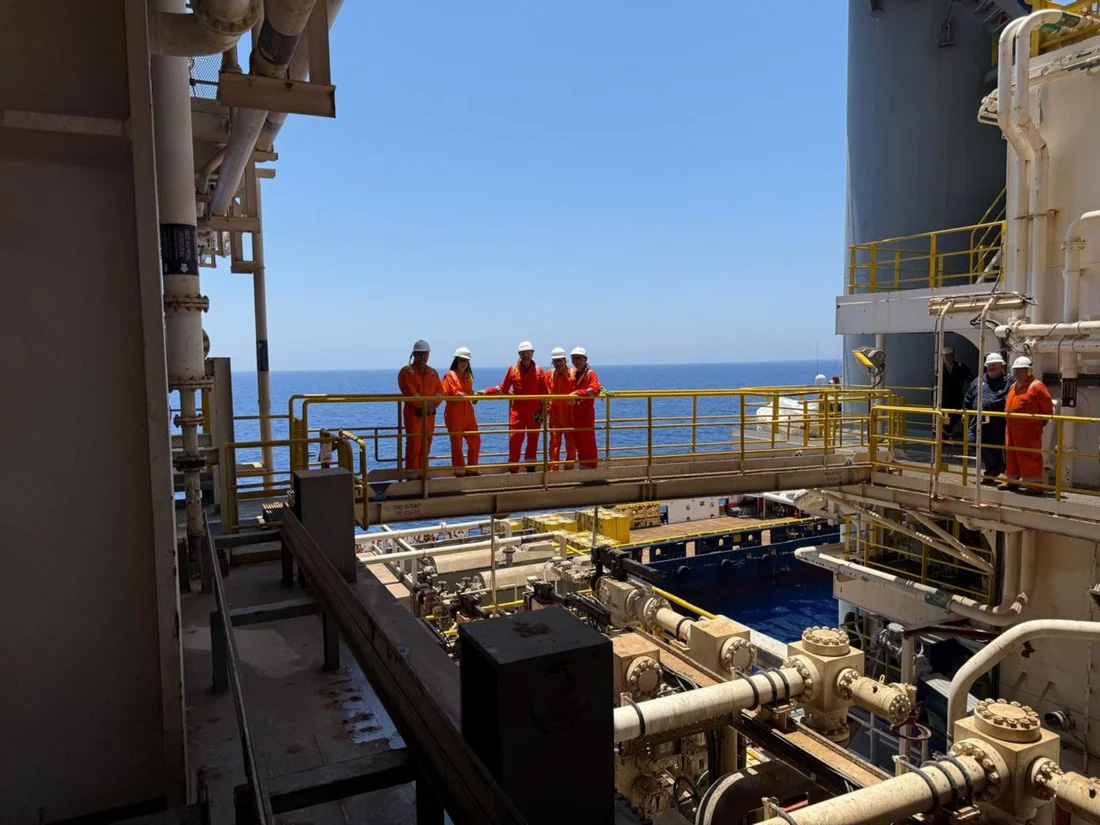Following the global financial crisis of 2008, several European countries – Portugal, Italy, Ireland, Greece and Spain – faced high public debt, weak economic growth and fragile banking sectors.
These vulnerabilities led to the eurozone crisis of 2010–2012, which particularly affected Greece and Cyprus.
Italy, with a long history of political instability, having changed more than 60 governments over the last 80 years, was at the centre of concern at the time. When Giorgia Meloni of the right-wing Fratelli d’Italia (Brothers of Italy) was elected Prime Minister in 2022, many political analysts feared she would hinder consensus efforts among European leaders and would be a disruptive force within the EU.
However, PM Meloni has driven Italy to political stability, with her coalition agreements remaining intact for three years. The PM aligned herself and her country with Europe on foreign policy and the country’s trajectory has shifted.
Italian government bonds, once considered high risk, are now trading at levels comparable to France’s, signalling a shift in investor perceptions.
France, by contrast, the eurozone’s second-largest economy, is grappling with intensifying political and fiscal challenges. President Macron has changed prime ministers three times within a year.
Recently, Mr Lecornu resigned from the premiership after just 26 days, only to be reappointed four days later. This instability stems from Macron’s decision to dissolve parliament and call for snap elections following his defeat by Marine Le Pen’s far-right party in the June 2024 European elections.
The result was a fragmented parliament, divided in the following three blocs: (a) the far-right bloc, led by Marine Le Pen’s National Rally which represents nationalist, anti-immigration and Eurosceptic positions, (b) the centrist bloc, represented by President Macron’s party Renaissance and its allies, advocating pro-European, liberal economic policies and moderate reforms, and (c) the left-wing bloc, comprising of parties such as La France Insoumise, the Socialist Party and the Greens, which generally support progressive taxation and an increase in social welfare and environmental policies spending.
The three blocs reflect the deep ideological divisions in French politics and, considering they are roughly balanced and unwilling to engage in coalitions, have led to France facing an ongoing legislative gridlock.
France’s fiscal situation is troubling. Public debt stands at €3.4 trillion (about 115 per cent of GDP), while the budget deficit is projected at 5.4 per cent of GDP. This is an unsustainable path, especially given that economic growth remains sluggish – just 0.8 per cent in real terms over the past year.
Such figures raise concerns, not only about France’s ability to meet its future obligations, but also about its credibility within the eurozone’s fiscal framework.
In September and October of 2025, Fitch and S&P respectively downgraded France’s sovereign credit rating, while Moody’s changed the country’s credit outlook from stable to negative on the 25th of October, contributing to signs of strain in investor confidence: yields on 10-year French government bonds rose to 3.388 per cent, compared to Germany’s 2.593 per cent, indicating that investors now demand a higher premium to hold French debt.
French citizens are already burdened with high taxes, with an effective tax rate of 44 per cent compared to 25 per cent in the US, according to OECD data from 2023. This significantly limits the government’s ability to raise additional revenue through further taxation.
Moreover, the high tax burden has sparked growing public discontent, with protests and strikes becoming more frequent, especially among middle-income earners who feel squeezed by stagnant wages and rising living costs.
Meanwhile, an aging population is driving up spending on pensions and healthcare. At the same time, there are major obstacles to implementing labour and social reforms, even as the government has committed to large-scale investments in industry, green energy and defence.
Balancing these competing demands has proven politically and economically challenging, with policymakers struggling to prioritise between short-term relief and long-term strategic goals. The result is a fiscal landscape marked by tension, uncertainty and limited room for manoeuvre.
Despite these challenges, France remains one of the wealthiest countries in the world, with strong institutions and energy independence, thanks to its nuclear infrastructure. Although bond markets are responding to the developments, they have not indicated signs of panic. Despite the considerable widening in the spread between French and German bonds, the spread remains far below the levels witnessed in Italy during the eurozone crisis.
Political instability does not equate to fiscal collapse. France’s commitment to the eurozone remains strong, offering reassurance amid today’s geopolitical challenges. Italy’s recovery also shows that markets can adapt.
The entire Western world is striving to address the demographic challenge of aging populations, while maintaining a satisfactory level of social welfare. Radical reforms are imperative and not just in France.








Click here to change your cookie preferences